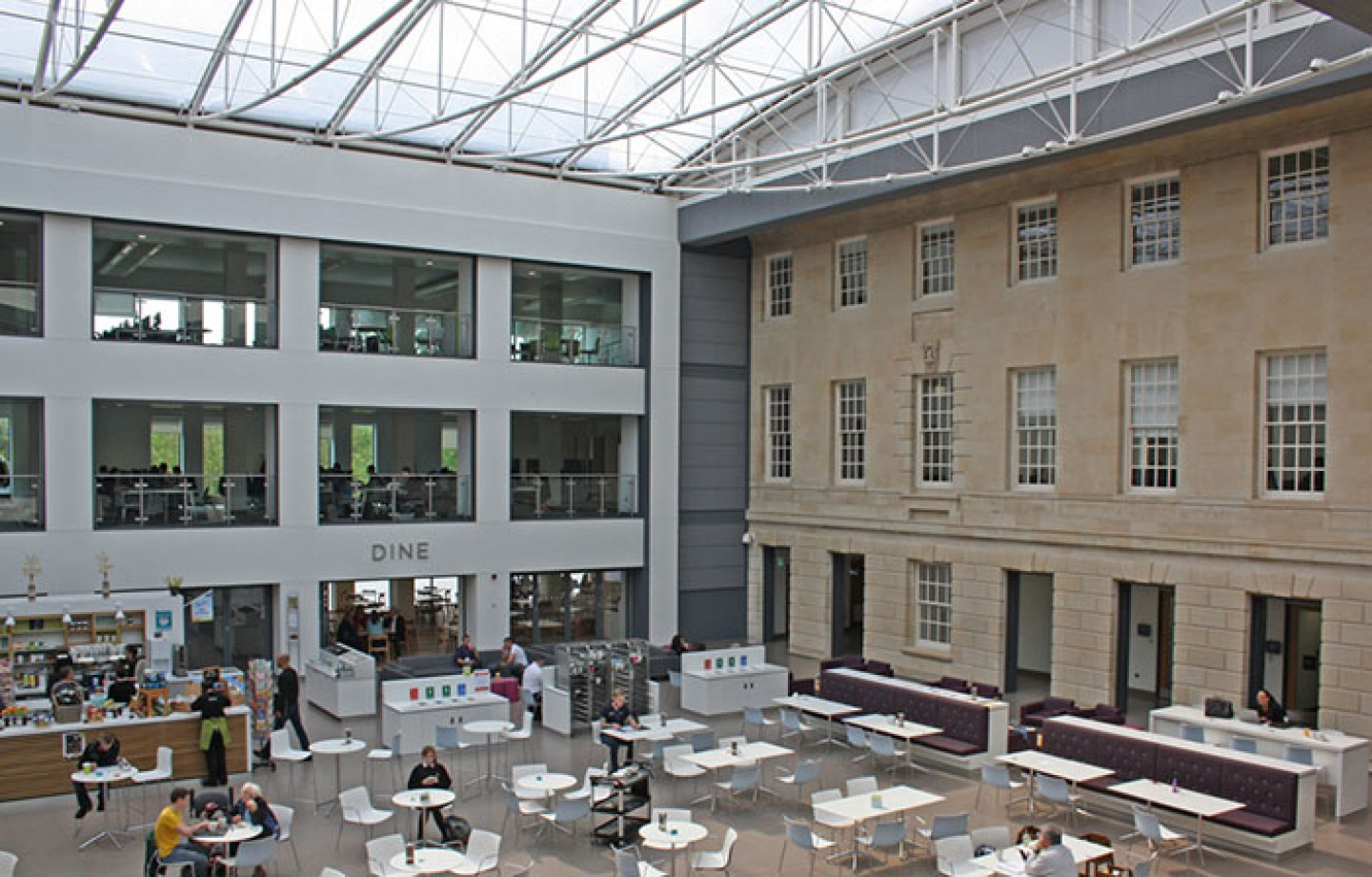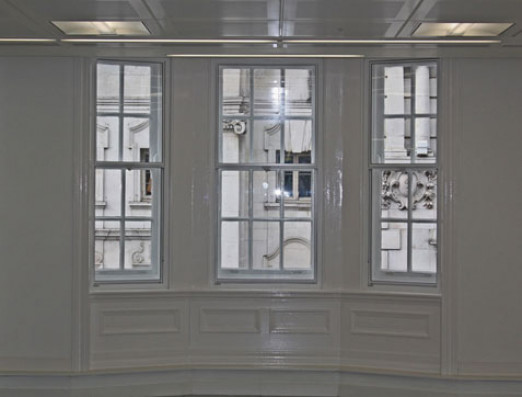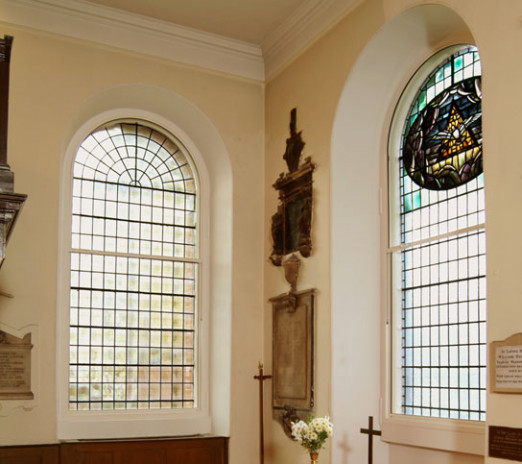The recent £22m remodelling and refurbishment of the 1930’s civic building and 1970’s office extension for Wiltshire’s County Hall in Trowbridge was undertaken to consolidate the majority of Wiltshire Council’s 95 offices into four hubs, reducing floor area by 50%, saving £5m in revenue per annum, creating 40% reduction in carbon emissions and providing new flexible ways of working.
A major requirement of this development was to reduce the energy consumption by 40%. It is also just one of a few refurbishment projects within the UK on target for a BREEAM “excellent” rating, achieved by a complete building services overhaul together with improvements to the glazing and thermal upgrading of the walls and roof.
The traditional single glazed sash windows were retained as an important architectural feature of the 1930’s building and secondary glazing was chosen as a way of dealing with both the heat loss through the glass and discomfort caused by drafts. Selectaglaze, the UK’s leading designer of secondary glazing systems, worked closely with main contractor Kier Western and Bristol-based architects Stride Treglown to develop appropriate designs. These needed to be engineered to meet the thermal requirements but also had to be as unobtrusive as possible. The solution for most windows was a matching balanced sash design that permits access to the existing window. Each frame is purpose made with high performance seals to reduce drafts and glazed with a low emissivity glass that markedly improves the thermal efficiency. Some of the windows were very large, up to 3.5M high and 1.6M wide, and a heavy duty frame from the Series 90 range was required to support the glass sizes. Smaller windows were treated with a slimmer frame from the Series 20 range.
The need to be unobtrusive was particularly important in the timber panelled Council Chamber, which has some of the largest windows. A single monumental hinged casement design was chosen as it permits an uninterrupted view through the windows. This was a big challenge as each casement weighs about 100Kg. The Series 50 range was specified with a bronze anodised finish to complement the panelling. It is fitted with very neat colour matched flush hinges and a concealed multi-point locking system that ensures a good seal and enhanced security.
More than 270 bespoke frames were fully fabricated off-site, allowing rapid installation to all four floors in phases to suit the contractors programme. The result is a more energy efficient and comfortable environment that is also much quieter.


